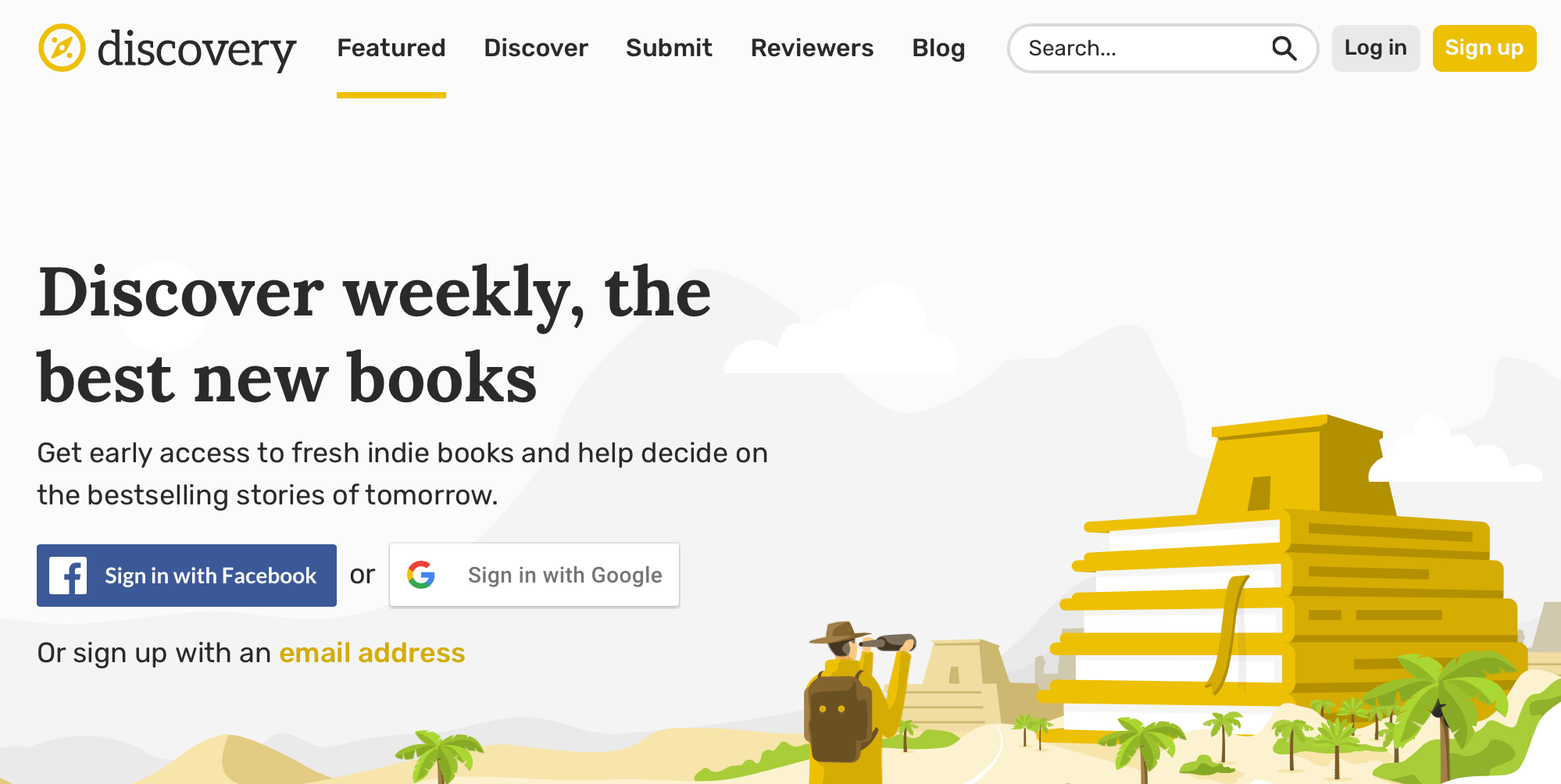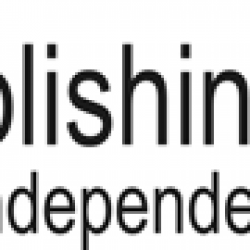
5 WAYS TO GET MORE REVIEWS FOR YOUR BOOK
Book reviews are incredibly important to the success of a book: not only do they show you how readers are receiving your book, they can also affect the public perception of your book, and how well it does commercially. If you do it right, you can find yourself in a virtuous cycle, where good reviews attract new readers who then leave more reviews.
But before you get there, you’ll still need to put in a fair bit of work to get some buzz going for your book. To help you out, here are five ways to get more reviews for your book.
1. List your book on NetGalley
NetGalley is a well-established platform that connects journalists, librarians, and book reviewers with publishers and self-publishing authors. How it works is you list your book on NetGalley, and reviewers can browse it on their own dashboard. If your story interests them, they will request a digital copy of the book, which you can approve or decline. If you approve it, you send them your book and they read and review it on NetGalley. Many reviewers also cross-post their thoughts on review sites like Goodreads or their own blog.
It costs $499 to list one book for six months, and in that time there is no limit as to how many reviews you get. This is definitely on the costlier end compared to other methods on this list, but it does get your book in front of a lot of avid readers. Reviewers are also very active here, since inactivity can lead to their accounts being closed down, so it will bring results.
Self-Publishing Mastery can get you discounted rates for your listing your book on NetGalley and also for shorter time (one, two or three months). A book will get the majority of its reviews during the first month of its listing. Email us for details.

2. Submit to Reedsy Discovery
Alternatively, if your budget is more limited, you can submit your book to Reedsy Discovery. Specializing in indie titles, Reedsy Discovery brings your about-to-release book to editorial reviewers who can give detailed, quotable feedback you can use for your launch materials (blurb and advertisements).
Your book will also be displayed in a dashboard accessible to enthusiastic readers of indie books, where it can also be upvoted and reviewed by readers (similar to Goodreads). Moreover, there is also the weekly newsletter that Reedsy Discovery sends out to hundreds of thousands of readers, promoting a handful of the most popular, highly-upvoted releases that week. If you make it to that list, you can get quite a bit of exposure and boost your book’s chances of getting reviews.
And the best thing is, the listing comes with a $50 price tag, so it’s much more affordable than NetGalley.
3. Give ARCs to your existing readership
Despite the first two tips, you don’t always have to look far to get more book reviews — your existing readership can be just as useful a source to tap into. Since these readers are already interested in your work, they’ll probably be itching to get their hands on an advanced reader copy (ARC) of your book and give it one of the earliest reviews on Goodreads.
But what if you’re writing and publishing the first book in your career and you don’t have a readership yet? Try to build a mailing list or a following prior to your book’s release — this is rule #1 when it comes to book promotion — and then let them know that you’re looking for book reviewers to send ARCs to. You’ll be surprised by how positively people respond to free books!
To entice readers even more, you might even give your ARCs a different cover from the final version (if you have the budget for it). This doesn’t have to be something elaborate — it is, after all, a pre-release copy — but something different from the standard cover can be a great way to nudge readers into requesting for an ARC. Something a lot of publishers are doing recently is to simply have a phrase on the front cover as a teaser for the story, and putting the book title and author name on the spine. You can see how Hot Keys Book did it for E. Lockhart’s Family of Liars in this book review.
Book reviewers would love this — after all, who doesn’t want a special edition book? But of course, there is no need to splurge if you don’t have the budget for it. Just offering your followers an ARC can already make them feel closer to you, which can be enough to encourage them to read and review your book.

4. Run a giveaway on social media
All the tips so far really only apply to those who have not published their books yet and are hoping to drum up excitement in anticipation of the release. Ideally, you should have strategies to gather reviews beforehand, but it’s understandable that not everything happens as planned. What if your book is already out there, and you want to give it a push?
An option for you is to run a giveaway on social media. From Instagram to Twitter to TikTok, readers find their online community everywhere these days. This is where they share thoughts on recent reads, share recommendations, get recommendations, and start discussions. It’s the perfect place to find eager readers and promote your book.
To really entice readers, you can give away a limited number of your books for free. Sharing your post should be a requirement for people who want to enter the giveaway. You can also ask that people tag other friends in the comments. Spread the word about it, so that even those who don’t get free books are intrigued. And then, encourage everyone to leave reviews.
Again, no one can resist a free book, and they will appreciate the gesture enough to read it and leave a review.
5. Email book reviewers or book influencers
Finally, potentially the most labor-intensive option is to do cold outreach to reviewers and influencers. Reading and reviewing books is part of their job, so you can assume they’re always looking for ARCs to say yes to — the trick is just to email the right people.
Choose bloggers and influencers carefully: it matters more that they read your genre or even subgenre than that they have a large following. Then, you can write a little pitch to introduce your book, what it’s about, which already published book it is similar to, why you think they might enjoy it. Be sincere and personal — reviewers and influencers appreciate being able to see the person behind the story as well!
Choose bloggers and influencers carefully: it matters more that they read your genre or even subgenre than that they have a large following. Then, you can write a little pitch to introduce your book, what it’s about, which already published book it is similar to, why you think they might enjoy it. Be sincere and personal — reviewers and influencers appreciate being able to see the person behind the story as well!
Not everyone will agree to read your book, and even if they do, it might take them a while to get around to reading it, so don’t expect this method to be speedy. But when you do succeed, your book will get some good promotion, once the influencer shares their thoughts about it. People who follow book influencers are also avid readers, so it’s definitely the right crowd to present your book to.
With time, if you pick your targets well, and your book is well-written, well-edited, and well-designed, you will get plenty of reviews. And hopefully you’ll enter that virtuous cycle where reviews inspire newer reviews. Good luck!
About the author: Rose Atkinson-Carter is a writer with Reedsy, a marketplace that connects authors with some of the world’s best editors, designers, marketers, ghostwriters, and translators. At Reedsy, she advises authors and professionals on everything writing and publishing related; from marketing to copyrighting to querying agents and publishers. She lives and works in London.






